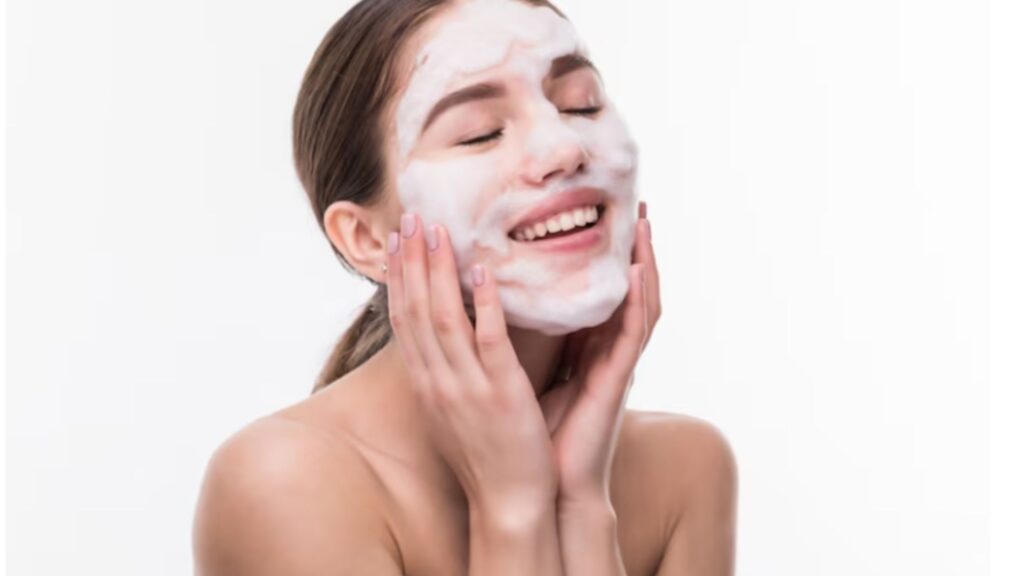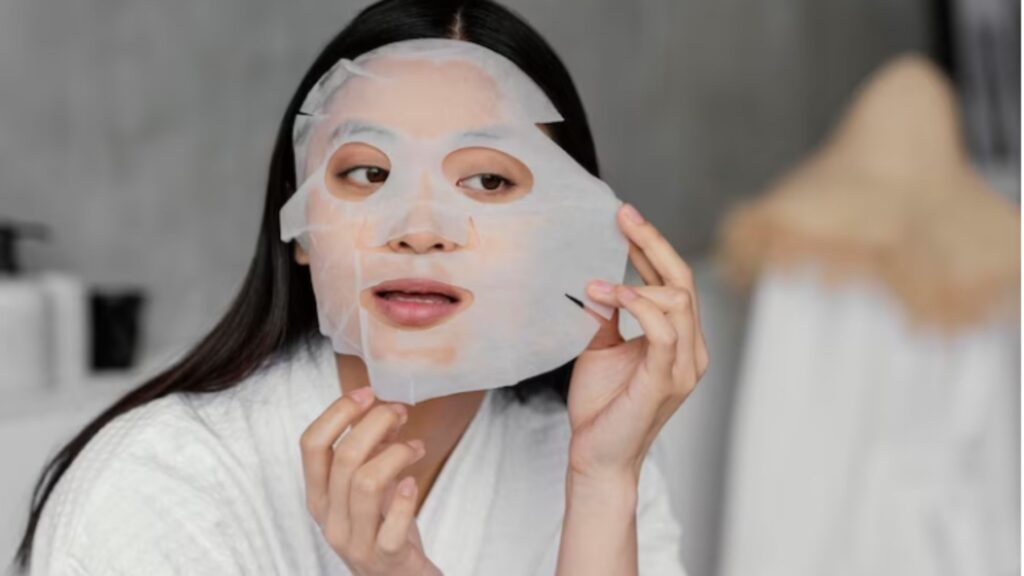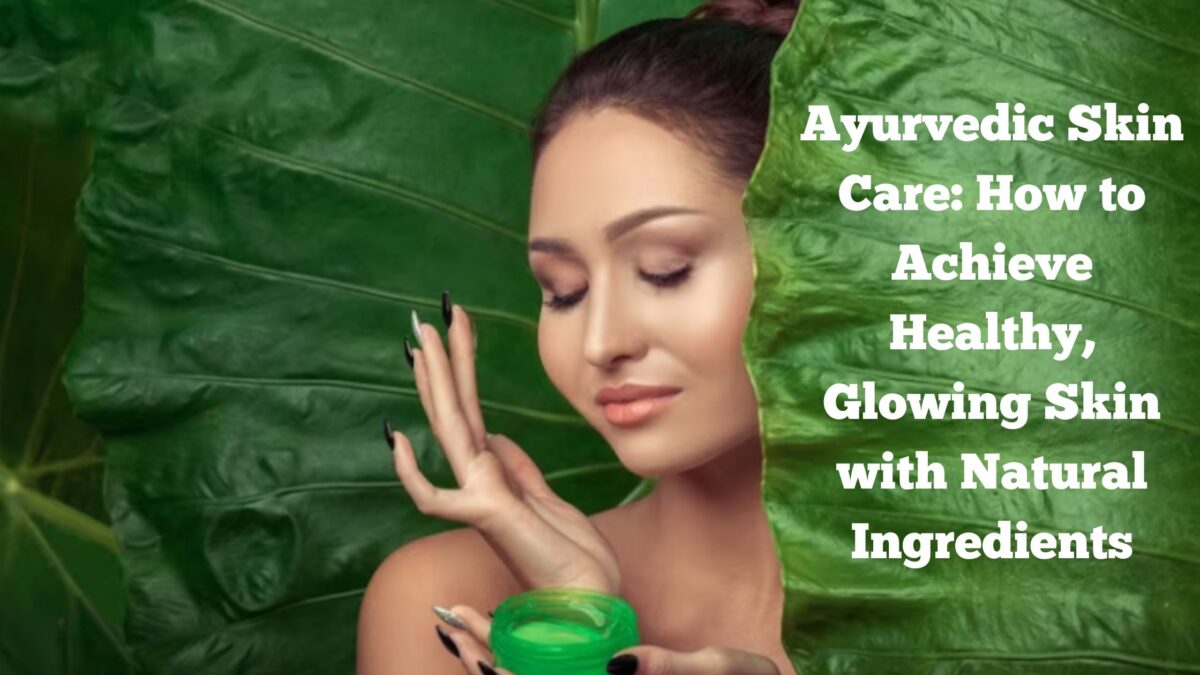Ayurvedic skin care has become increasingly popular in recent years, and for good reason. Ayurveda, which is an ancient Indian system of medicine, focuses on achieving balance and harmony within the body through the use of natural ingredients and practices. When it comes to skincare, Ayurveda offers a holistic approach that addresses both external and internal factors that affect the skin’s health and appearance. In this blog post, we will explore how to achieve healthy, glowing skin with natural ingredients using Ayurvedic principles.
Understanding Ayurvedic Skin Types:
Before we dive into Ayurvedic skin care, it’s important to understand the three Ayurvedic skin types: Vata, Pitta, and Kapha. Each skin type is characterized by different qualities and requires different approaches when it comes to skincare.
Vata Skin: Vata skin tends to be dry, thin, and delicate. It is prone to premature aging, fine lines, and wrinkles.
Pitta Skin: Pitta skin is sensitive, oily, and prone to inflammation. It is also prone to acne and rosacea.
Kapha Skin: Kapha skin tends to be oily, thick, and congested. It is prone to blackheads, whiteheads, and large pores.
Once you understand your skin type, you can tailor your skincare routine to meet your skin’s specific needs.
Ayurvedic Skincare Routine:
The Ayurvedic skincare routine consists of five steps: cleansing, toning, moisturizing, masking, and oiling. Let’s take a closer look at each step and the natural ingredients you can use to achieve healthy, glowing skin.
Cleansing:

Cleansing is an essential part of any skincare routine, as it helps to remove dirt, oil, and impurities from the skin. Ayurvedic cleansing involves using natural ingredients that cleanse without stripping the skin of its natural oils.
For Vata skin, it’s best to use a creamy cleanser that contains nourishing ingredients like almond oil, sesame oil, or ghee.
For Pitta skin, a gentle cleanser that contains cooling ingredients like aloe vera, cucumber, or mint is recommended.
For Kapha skin, a cleanser that contains ingredients like neem, turmeric, or lemon is best as they have astringent properties that help to reduce excess oil.
Toning:

Toning helps to balance the skin’s pH and prepares it for moisturizing. Ayurvedic toners are made from natural ingredients like rose water, witch hazel, or aloe vera.
For Vata skin, a toner that contains hydrating ingredients like rose water or aloe vera is recommended.
For Pitta skin, a toner that contains cooling ingredients like cucumber or mint is best.
For Kapha skin, a toner that contains astringent ingredients like witch hazel or lemon is recommended.
Moisturizing:

Moisturizing helps to hydrate the skin and lock in moisture. Ayurvedic moisturizers are made from natural ingredients like coconut oil, sesame oil, or shea butter.
For Vata skin, a heavy moisturizer that contains nourishing ingredients like coconut oil, shea butter, or avocado oil is recommended.
For Pitta skin, a lightweight moisturizer that contains cooling ingredients like aloe vera or cucumber is best.
For Kapha skin, a lightweight moisturizer that contains non-comedogenic ingredients like jojoba oil or grapeseed oil is recommended.
Masking:

Masking helps to deep-cleanse the skin and remove impurities. Ayurvedic masks are made from natural ingredients like clay, honey, or yogurt.
For Vata skin, a hydrating mask that contains ingredients like honey, yogurt, or avocado is recommended.









